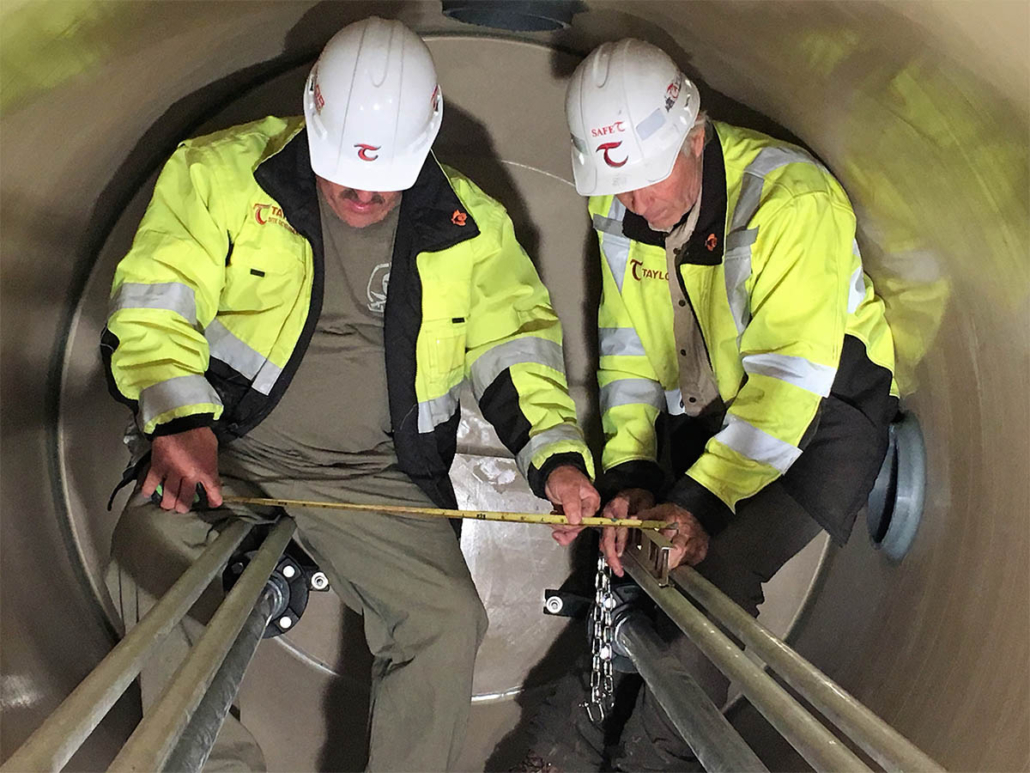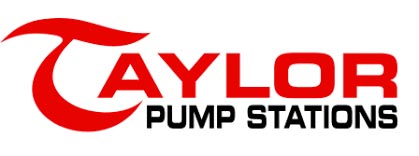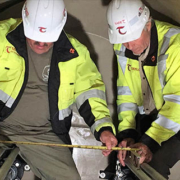Designing Wastewater Lift Stations for Specific Applications
Designing Wastewater Lift Stations for specific applications sounds so basic but is often overlooked!
The successful completion of a wide variety of projects gives Taylor Pump Stations the unique ability to assess and design wastewater and food processing lift stations for ALL applications.
At the time of writing, Taylor Pump Stations is designing two food processing lift stations in two different states. One of them is a large 2.9 million GPD, DEQ mandated waterway protection project. We are simultaneously working on a several sewage wastewater lift stations. The scale and uses of each lift station are very different. But we know that each is of the utmost importance to the customer. We are working closely with each owner on a weekly basis to keep them informed on how we are able to expedite the process despite the sub vendor supply issues that our entire industry currently is facing.
A Good Design Adds Peace of Mind for Long Term Operation of the Packaged Wastewater Lift Station.
We know that no two lift stations are alike and that each project requires careful planning and detailed communication with the business owner. Our first step is always to thoroughly discuss and understand the needs and specific applications of a particular lift station. What type of liquid is being pumped? How much room do we build in for future growth? Are there spacial or environmental challenges? What control panel features could make life easier for the operator? The information we gather at the inception of a project informs a wide range of mechanical, electrical and component choices. Time spent fully understanding all the details of the lift station package pays many dividends which become evident at the lift station’s commissioning.
The Keys to Our Success Are Clear Communication, Careful Planning and Flexibility.
We create an atmosphere of open communication and cooperation where the business owners, engineers and professionals work together as a highly efficient team. We want every concern, no matter how small, out on the table. Each detail is very important to the planning process.
Even when a specific consideration surfaces at the last minute, we can still adjust the plan to accommodate these new factors. We know to leave room so that these add-ons can be addressed at minimal extra cost. Control panels should be designed large enough for flow meter components or PLC enhancements, for example, to be added later. This is just smart and can save a lot of money.
Similarly, concrete holding wells and tanks cannot be expanded after they are built. One of the most common mistakes we see in the packaged wastewater lift station industry is sizing wet wells too small.

One of the most common mistakes we see in the packaged wastewater lift station industry is sizing wet wells too small.
The Muni-105™️, Muni-106™️, and Muni-108™️ are duplex pump accommodating pump wells. The Muni-104™️, on the other hand, has a 4 foot diameter and can only accept smaller grinders or non-clog motors and pump ends. We recommend the Muni-104™️ only for simplex lift stations or small duplex stations. The Muni-104™️ can accommodate pumps and equipment in the 1-2 HP range and 2” discharge piping.
A 4 foot diameter well for duplex operation does not have space to accommodate the rising main. The rising main must be off the wall several inches to allow “fitting” room for the 90° ELL. It just does not work “well” to crowd the pumps and discharges into a 4’ circle. So If there is any chance that the station will need to scale up in the future, we recommend upsizing the well. A 5 foot wet well costs about $2,500 more than a 4 foot well. A 6 foot well is around $5,000 more that the 5 foot model. (All have the same depth of 10 feet.) Investing in the right size wet well from the start can save an incredible amount of money in the long run.
Optimizing the wet well size also means not having to shoehorn equipment in.
This aids in ease of cleaning and maintenance which can add years to a lift station’s life span. Designing with adequate pump spacing follows the specifications of The Hydraulic Institute and lessons the occurrence of cavitation issues. During suggested annual pumping, to clean sediment build up, there will be less chance of interrupting sensitive control equipment like float switches and transducers. To make the cleaning of wet wells still easier and safer, we highly recommend include the Stationary VacTube™️ and EZZ- Klean Head .
The COVID Virus has left much Of America’s small business in shambles. One positive thing that has come out of this pandemic is planning with the Zoom platform. All of our forms that assist in generating a project, from our initial scope of supply narrative to our order form, are being created with a new mantra. “Need assistance filling anything out? Let’s hop on a Zoom conference and we’ll walk you through it!”
At Taylor Pump Stations we realize you have many choices in your selecting a packaged liftp station supplier. We hope that after reviewing our history in the industry and noting our impeccable attention detail, that you feel confident in choosing Taylor Pump Stations for your next Project.



